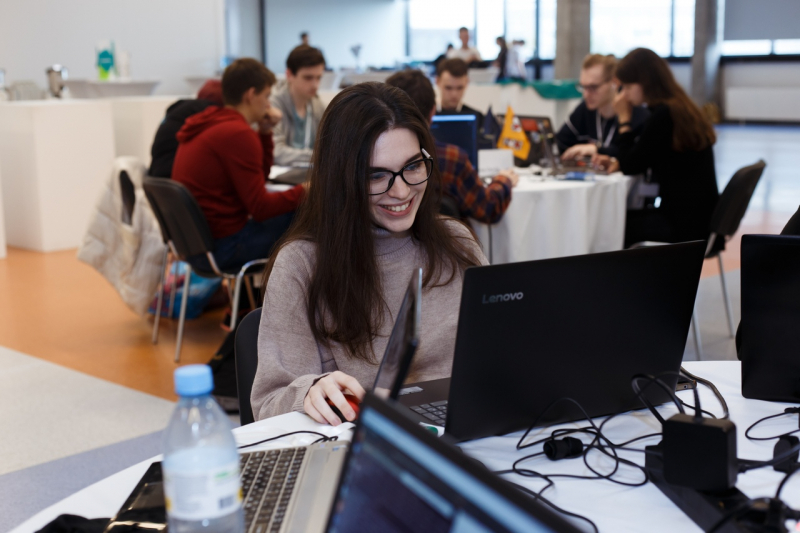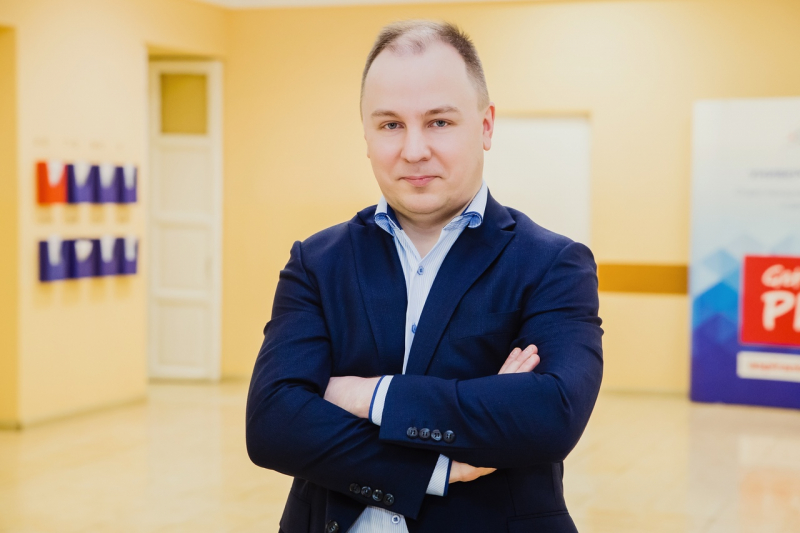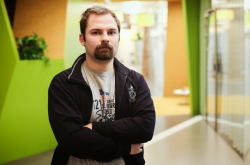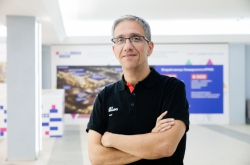A university is not only a place where students study to prepare for a future job. A university is a big organization which, much like a bank or a factory, requires programmers. Digital environment in a modern university is full of data: grades, attendance, applications, grants, contests, projects, publications, stipends and much more. Nowadays, to work with all this information you need a lot of services and applications that often have a complex inner logic, but are user-friendly at the same time.
Fast development of universities requires new features for digital environments. For instance, right now a new service called Apply to University Online (“Поступай в вуз онлайн”) is being tested in Russia. Applicants to ITMO can also use the university’s own system. Each year the number of related services grows: online courses, e-exams, digital portfolios, and databases appear.
“The main feature of the modern digital world is rapid change,” says Gennadii Gromov, head of the Department for Information Systems of Research and Academic Activity. “The intensity of change depends on the dynamics in a certain field. One of the most important and drastically changing fields nowadays is education. It’s not only about the universities, but about the world in general, because the purpose and the methods of education are getting transformed. This means that requirements for the IT systems at a university grow. Everything has to be rearranged to work in accordance with widening and changing functionality.”

Frontend experience
Digitalization is happening everywhere, and universities are in its avant-garde. That’s the field for creating and testing new approaches and ideas. By working at a university, both junior and senior developers can get an invaluable experience in developing IT solutions: they can participate in the unique transformation process, and improve their portfolios by doing so, says the expert.
“Today, it’s not enough to code well in order to work at a university, you also must be skilled in designing a system that considers the logic of the processes and has a user-friendly interface,” explains Gennadii Gromov. “So, if a student or a graduate has started to work at the university’s IT department, in a few years they’ll acquire experience in front-end development of a ready-made system. Nowadays, it’s vital for professional growth. Plus, by working at the IT department of a university, students and graduates stay in a familiar environment and can improve their skills, learn new things, and develop in related fields.”

For example, several fascinating, technology-wise, solutions have been implemented at the university recently. One of them is related to the service for creating an individual curriculum.
“Our students can choose among educational programs, specializations, common subjects, electives, and pick a time to attend them too,” says Denis Dorokhin, head of the Office for Development of Information Systems for Educational Process. “We continue to work on this system. Putting lots of choices together is an interesting task for programmers. Usually programmers complain about repetitive tasks, but here it’s not like that at all.”
Another example is the application ranking. Today, one can apply for several programs, and this requires a complex system with applicants’ points and queue for each program, so that potential students would know how many points others have, where there’s a bigger possibility of being accepted and so on.
“For example, someone applies for three programs: the ranking should show their chances,” explains Denis Dorokhin. “Let’s say they have excellent chances for the program they prioritized and less so for other programs. Other applicants should see straight away what this someone has chosen and where a vacant place will appear.”

“Today the digital environment has more than 15,000 users (both staff and students), about 5,000-6,000 of them use digital services daily, and the maximum amount of simultaneous site visitors is more than 8,000,” says Mikhail Shlei, deputy head at the Department of Information Systems of Research and Academic Activity. “It’s a new active digital environment with active users. Soon a lot will change and that change requires development from the personal values’ point of view.”
How to start a career
Today, 80% of ITMO University’s IT department staff come from either the university’s graduates and young specialists or from those of other St. Petersburg’s universities. Many of them were employed after completing an internship.
Right now there are three open positions at ITMO University’s IT department:
“We check out the CV, send out a test task and, if it’s completed successfully, we invite the applicant to an interview. For students there’s an intern position. To complete the task and to start working at the Department of Information Systems of Research and Academic Activity, you need to be familiar with SQL (Structured Query Language) and, of course, with databases,” concludes Gennadii Gromov.
Translated by Kseniia Tereshchenko




